Monika Baar, European Univ. Institute, Firenze and Kateřina Čapková, Faculty of Arts, Charles Univ., Prague
Proposals by: 31.07.2024
Historical research in general and Holocaust studies in particular tend to cluster around specific contexts and perspectives: genocide of Jews only, or genocide of Roma and Sinti only, the Holocaust from gender and family perspectives, and the history of people with disabilities and the euthanasia program, to name at least a few. However, there is a need to break up these clusters of research from time to time and to combine approaches in novel ways, by acknowledging intersections and their impact on accounts of the past. The linking of perspectives on race and ethnicity on the one hand and disability on the other has been neglected in Holocaust studies and in European history.
When her parents wanted to place two-year-old Irene Tobias in a home for the mentally disabled in 1937, the director of the Protestant charity in Hamburg, Friedrich Lentsch, refused to accept her because she was Jewish. He argued that by taking in a Jewish child, the institution might lose its status as a charitable and non-profit organization because the treatment of Jews might not be exempted from paying tax. Even the state institutions that were supposed to take Irene refused to do so, citing the precedent set by Lentsch.
Rose Steinberg was born in 1917 in Pinsk. At the age of three she became deaf and was later sent to the best Jewish school for the deaf in Berlin, where she met her future husband Max. They moved to Paris, where Max played football in a sports club for the deaf. During the Nazi occupation of France, Max was arrested for being Jewish. During that time, he and Rose and their young child were selflessly supported by their non-Jewish deaf friends whom Max met at the sports club. Max was eventually deported to Auschwitz where he was killed. However, Rose and the baby lived to see the end of the war.
When noma, a rare water cancer, was discovered among Romani children in the so-called G*psy camp at Auschwitz … read more and source (Web)

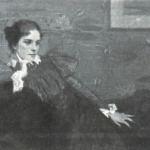 36. Wissenschaftliche Tagung zur Geschichte und Kultur der Juden in Schwaben
36. Wissenschaftliche Tagung zur Geschichte und Kultur der Juden in Schwaben 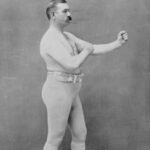 Arbeitskreis AIM GENDER
Arbeitskreis AIM GENDER 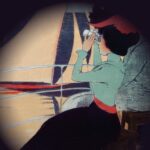 Náprstek Museum of Asian, African and American Cultures
Náprstek Museum of Asian, African and American Cultures 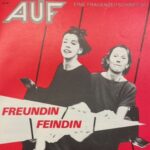 fernetzt. Verein zur Förderung junger Forschung zur Frauen- und Geschlechtergeschichte
fernetzt. Verein zur Förderung junger Forschung zur Frauen- und Geschlechtergeschichte  Sektion Politik und Geschlecht (Deutsche Vereinigung für Politikwissenschaft), GRK Contradiction Studies & Worlds of Contradiction
Sektion Politik und Geschlecht (Deutsche Vereinigung für Politikwissenschaft), GRK Contradiction Studies & Worlds of Contradiction 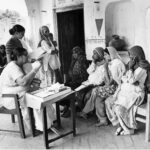 DFG project „Hidden Histories: Women in Rural Development Programmes in India, c. 1920-1966“
DFG project „Hidden Histories: Women in Rural Development Programmes in India, c. 1920-1966“